Correcting the Azur Vickers Vincent
In 2011 the Special Hobby/Azur group introduced a series of injection molded kits covering the Vickers Vildebeest and its associated variants. This was exciting news as previous kits had been the Contrail vacform and a couple of resin examples. Unfortunately, when they did hit the market every one of the kits contained serious errors beyond the usual SH shortcuts. Special Hobby had bitten off more than they could chew and hoplessly confused things. Still, if one is prepared to put in a lot of effort one can produce quite a creditable replica.
I chose to do a Vickers Vincent - the landplane variant of the Vildebeest. These entered service in 1934 and were allocated to the Middle East. On the outbreak of war a lot were palmed off on the New Zealanders and served very well if uneventfully. The particular aircraft I chose was K4106, the first Vincent to enter service with No. 84 Squadron. Not much is known about the career of this aircraft beyond its packing and assembly dates and that it was still around in November 1940. After that nothing. It is assumed that the aircraft went to A Flight and No. 84 Squadron had some unique markings for their flights but I was unable to locate a clear enough picture of them. However, there was a period where the only specific flight markings carried by the squadron were main undercarriage spat flashes so I modelled that. The Azur boxing decal sheet is comprehensive but focuses on camouflaged examples so one has to raid other decal sheets if one wants to model a silver wings Vincent.
Starting with the major corrections, the engine is the first concern. The kit contains 2 resin engines, an underscale Pegasus and a Jupiter. The latter was only ever used on one of the prototypes and the former is visibly too small. It needs to be replaced by an aftermarket example and the two best are either Airone or Radial Engines and Wheels. If the Radial Engines version is chosen then pushrods and inlet pipes need to be added. This is what I did making the pushrods from 0.28 mm builders wire and the inlet pipes from 0.55 mm wire. The next challenge is fitting the kit collector ring. This fortunately is not too onerous. The pipes molded onto the piece are long. After cutting about 0.75 mm off the end of each one, you can gently force them outwards (and remember the gently part) and superglue them into the holes in the cylinders of your chosen replacement engine. Discard the pipes on the rear ring as they're not long enough and don't replicate the Pegasus 'V' configuration. Also needing adding is a carburetor intake (the one from the Quickboost Gladiator set has the right square profile) and an auxiliary oil tank filler bulge.
Panel lines will also need refilling and adding to correctly represent the Vincent - the fuselage is that of a Vildebeest III. Another major correction is the rear gunners station.
The kit includes a nicely molded Scarff ring assembly which unfortunately is totally wrong. Vildebeests I and II used the Scarff ring but from the Vildebeest III they switched to the Fairey high speed gun mount. The Vincent was exclusively equipped with this. The fuselage needs to be cut out and reshaped. The Fairey mount is simple enough to make but if you have any of the Swordfish detailing sets they usually include one.
Another issue is the tail which is also wrong. On the entire Vildebeest group the front of the tailfin extended in front of the leading edge of the elevator. The kit has this behind the elevator leading edge and it does look wrong. The correction is to cut the rear of the fuselage back to the slots for the variable elevator struts. The elevator v slot will also need cutting out as well to be able to accommodate the repositioned rudder but the change is worth it.
One of the strengths of the Vildebeest kit was the interior; excellently molded and detailed it really added pop. Notably for the Vincent the Azur people redid the interior entirely but then made the floor too wide. About 1 mm needs to be filed off for it to fit. The rear gunner's instrument panel can also be left off if one is inclined. If it is used it should sit slightly back from the opening not flush.
Once all this is done and the fuselage assembled one can decide whether to replace the kit exhaust pipes which are too short anyway. I used Albion brass tube and fabricated some more realistic brackets. I also added the bomb aimer's windscreen and carved out the sliding hatch under the fuselage.
Take care attaching the upper wing. The cabane struts are too long and so one has to attach it to the interplane struts first. This process is rendered more difficult by a subtle warp in the lower wing. It's a very delicate process but once the cabane struts are cut to length and attached the assembly is much stronger. The cabane struts themselves need to be moved in another rib - they're too widely placed on the kit. Rig the wings as soon as you can - that adds much needed strength and once done makes the kit easy to handle. If you're modelling the wings loaded you'll need to include the extra landing wire which was fitted to both Vildebeests and Vincents and ran from the upper wing to halfway along the lower wing. It normally wasn't fitted on unloaded aircraft. I replaced the kit windscreen with an old AZ Demon windscreen I had left over. The kit's one is too small.
Other details I added were various drain pipes and position lights. I also made a trailing aerial and the old style pitot tube. The rear gun was left off as contemporary photos show this to frequently be the case. The pilot's machine gun was pretty much always installed and here an Aeroclub Vickers E was used. Paint was Tamiya X-11 chrome silver semi gloss varnished and XF-19 light grey to represent the metal parts on the Vincent. Decals were a mixture of Modeldecal, kit and leftover Vildebeest decals. One thing I found irritating was the footmark markings. These are included as two segment pieces but RAF footmarks were one piece. OK it's easy enough to correct them (a dab of black paint is sufficient) but it's just so unnecessary. This kit is sloppily researched and put together which sums up the whole range of these kits. I was considering a Spanish Vildebeest as a compliment to this aircraft but the corrections are once again just as extensive so I don't think I'll bother.
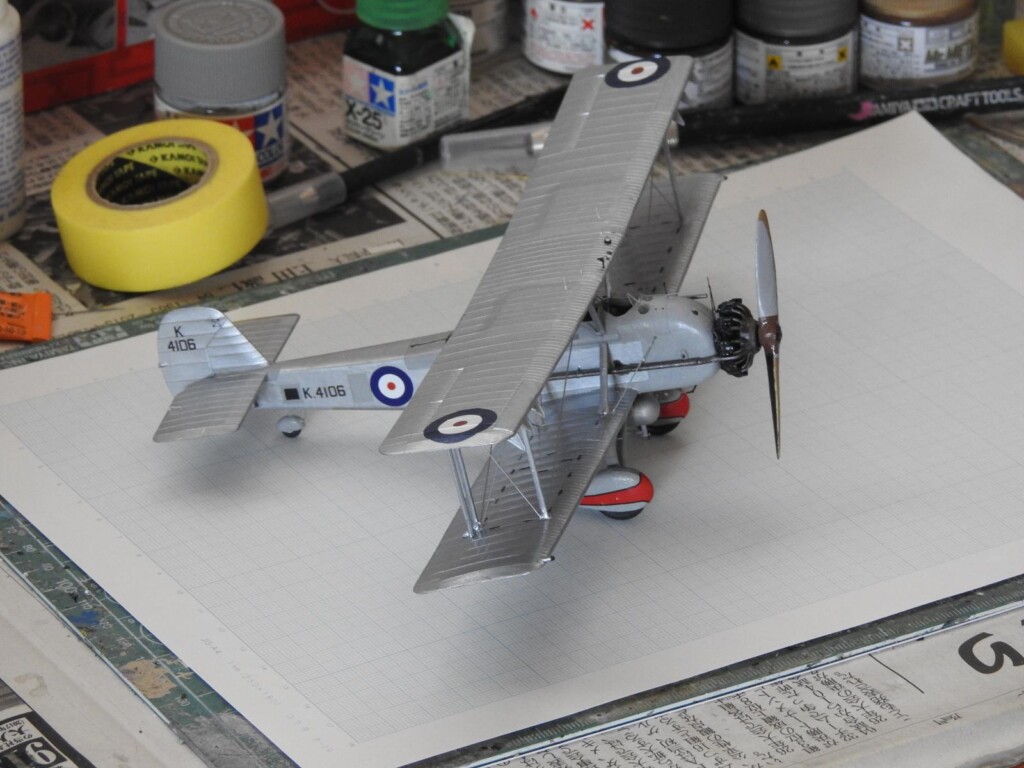
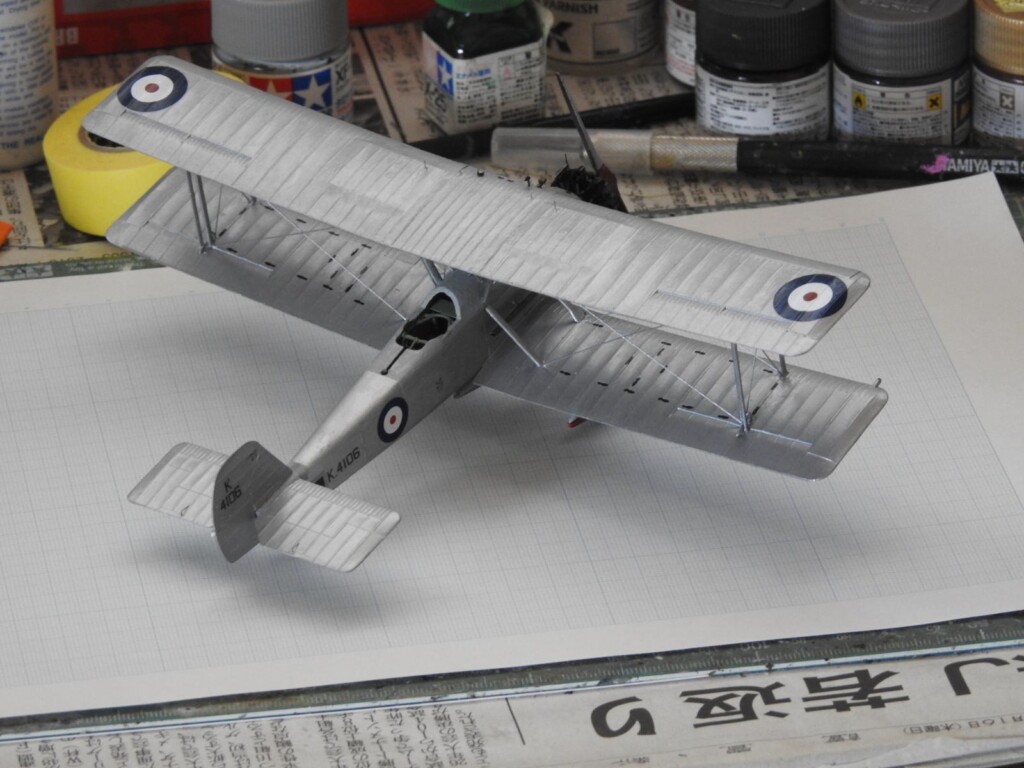
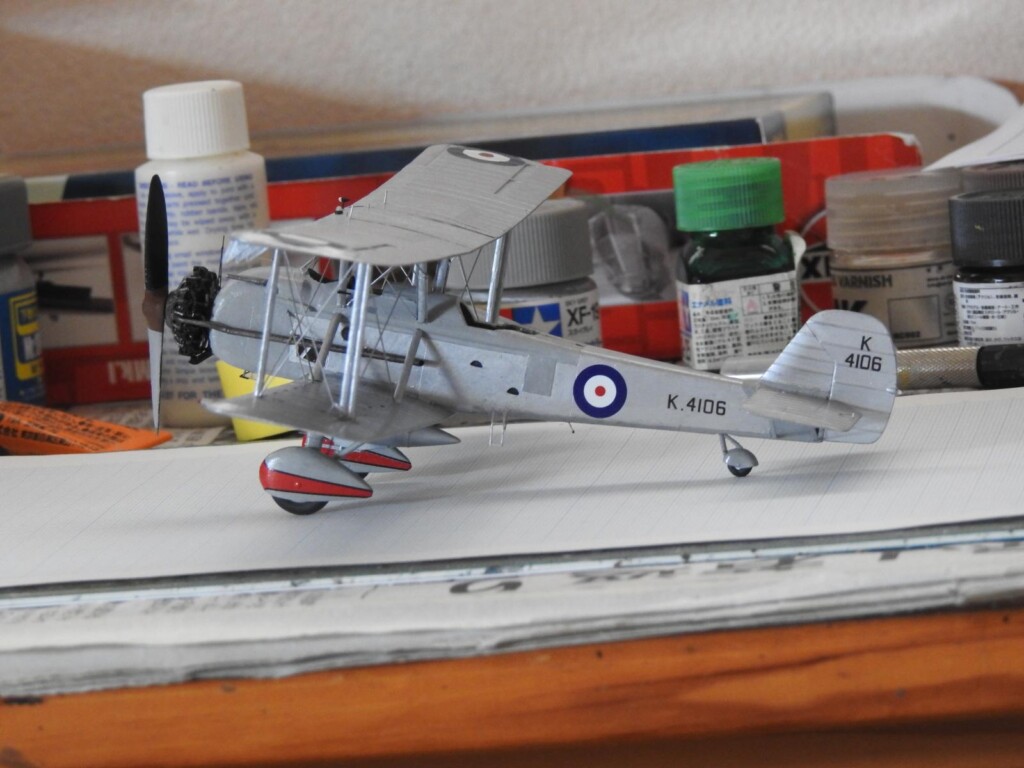
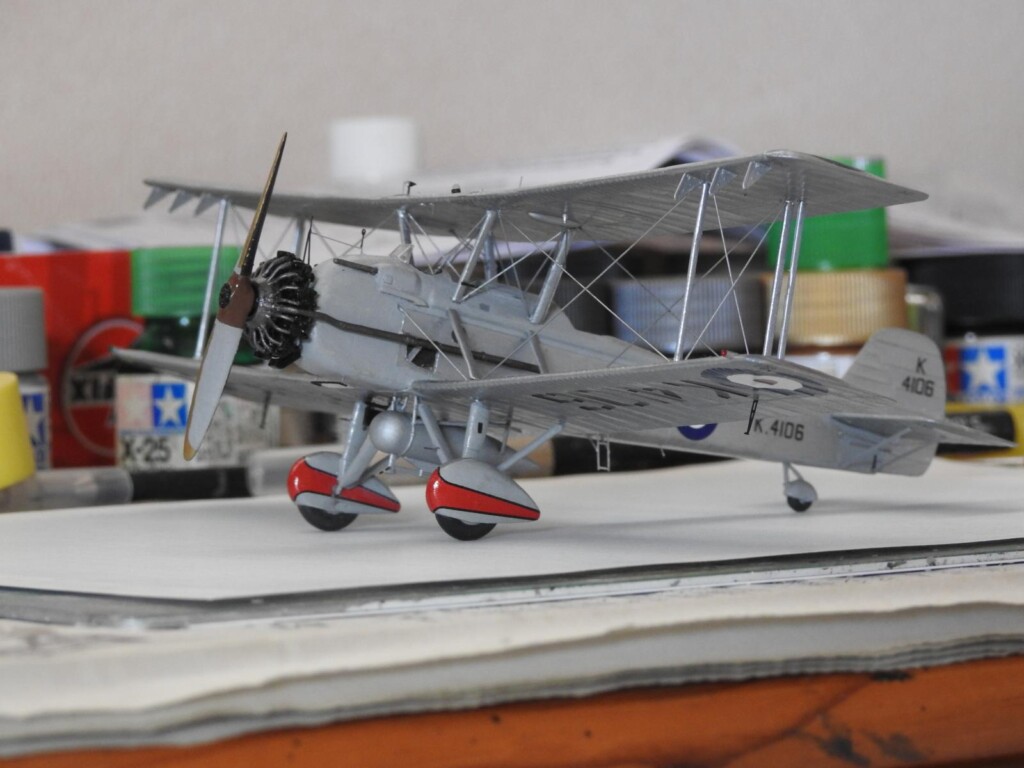
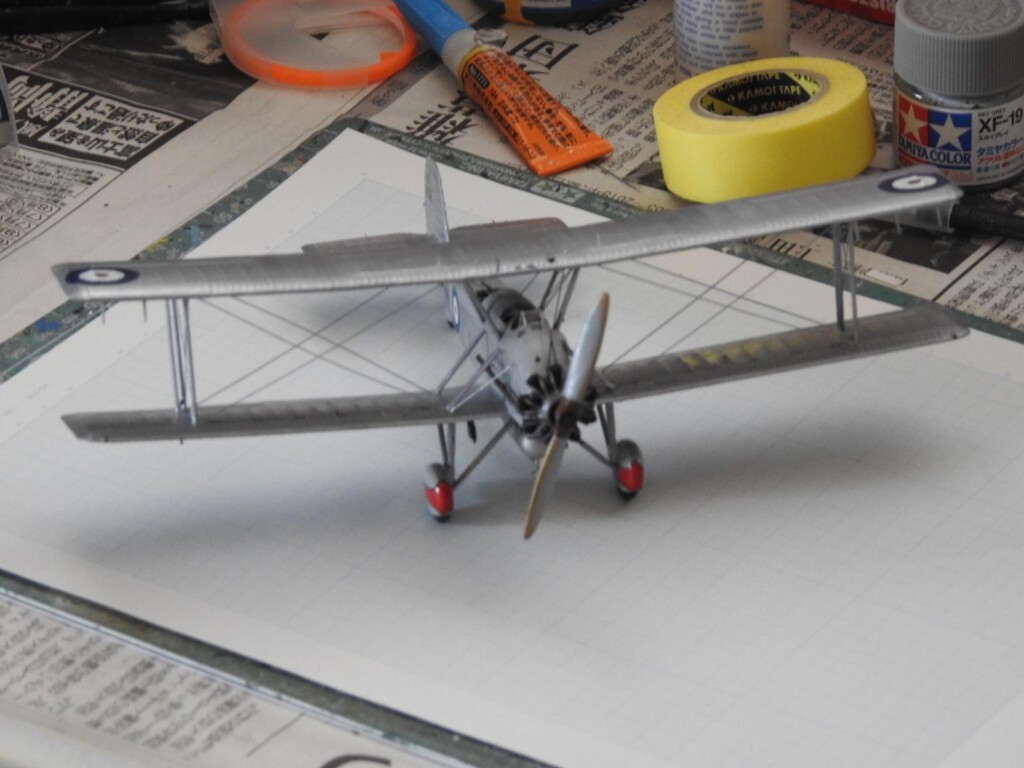
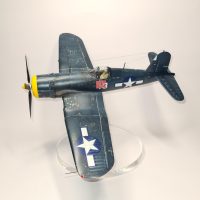
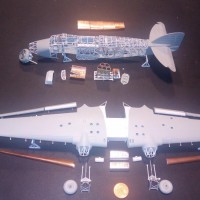
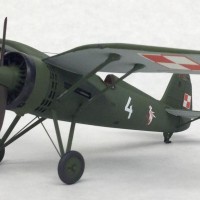
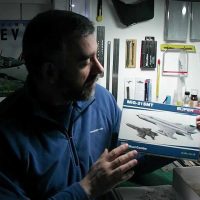
The French come up with the weirdest and the British with the ugliest. And then there's this...
I'm glad you persisted @christopher, because this is both weird and ugly - in an interesting way. I read about the vildebeests that were based at Singapore that got used in combat in 1941-42. Those were some brave aircrews.
Nice work.
Hi Tom (@tcinla)
Many thanks
Yes weird and ugly sums it up very nicely. What I didn't mention in the article was that the Pegasus engine was at it's limit trying to haul this thing along and loaded it really struggled. The Singapore Vildebeests left the observer out because there was no way they could actually haul him and a torpedo. They were indeed brave crews.
Yet another awesome result, Christopher!
Indeed a distinctive looking bird; I would say it's so ugly it's beautiful.
Your job correcting the kit's inaccuracies is really superb.
Congratulations!
Thanks ever so much Spiros. The Vildebeest/Vincents summed up the 1930s biplane ethos perfectly to my mind.
Excellent work, Christopher.
Thanks ever so much John. Your kind comments are much appreciated.
That's an awesome job of remanufacturing that kit's deficiencies. Well done! I'm a fan of those old silver wings era machines. It's so ugly it makes me want one!
Many thanks indeed Chas - I agree that they have an almost overwhelming charm despite the ugliness.
Very cool aircraft - I love the unusual! Great job on it.
Thanks ever so much Greg - it's very kind of you to say so.
Looks really nice.
Thanks ever so much John.
Excellent work done on this Vincent, Christopher @christopher
Maybe not the beautiest by itself, but your build definitely is.
Thanks for pointing out the issues on this kit, very helpful.
Many, many thanks John (@johnb). It isn't a beautiful aircraft but it's so ugly it manages to exude a special charm. I've always liked the Vildebeest family
Your research on the details is fantastic, and the aircraft, as well as your model, are definitely beautiful, don’t take any notice of what the Americans say, what do they know?
Hi George.
Many thanks indeed for the very kind comments. I really do like the Vildebeest family - it has a certain Heath-Robinsonish quality to it. But I'm not sure I'd call the prototype beautiful though but the sentiments are really appreciated.